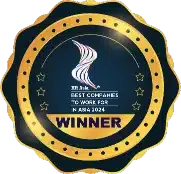How Fresh Grads Can Get Hired by a Foreign Company in 2022

Despite the Philippines catching the eyes of foreign investors and small business enterprises in 2017 when the country experienced an economic boom, opportunities to work for foreign-owned companies in the Philippines are still limited to this day.
The government’s welcoming of foreign companies to incorporate or establish their offshore operations in the country is still not a match to Philippine’s large unemployment problems.
This year, if you’re a fresh face to the job pool, you might be in a better position to land a job compared to 10 years ago because of the growth of BPOs and KPOs in the country. But this doesn’t mean you can rest easy thinking that there’s a lot of job opportunities waiting for you.
It’s true that BPOs are constantly “thirsty” of new hires and the pay is quite above the minimum wage, but foreign companies are still picky when it comes to deciding who to hire. To grab the chance to work with one, preparation must be done.
The key is to correct and improve what you think you already know when it comes to qualifying for a job interview and getting the job.
Follow these tips and suggestions from actual recruiters to help you get that job:
Improve your Resume or CV
It’s important that you know the differences amongst a biodata, a resume, and a CV. Then learning when is the best time to use them.
A bio-data is a short version of a resume and a CV that focuses on personal information like birth date, gender, nationality, and the likes. It should be followed by the applicant’s educational background and experiences in chronological order.
It is best used when applying for a manual labour type of job. This is to see if you’re a good fit for the role as there might be physical attributes that are crucial in performing some tasks like passing the age requirement to work as a cashier in a local supermarket.
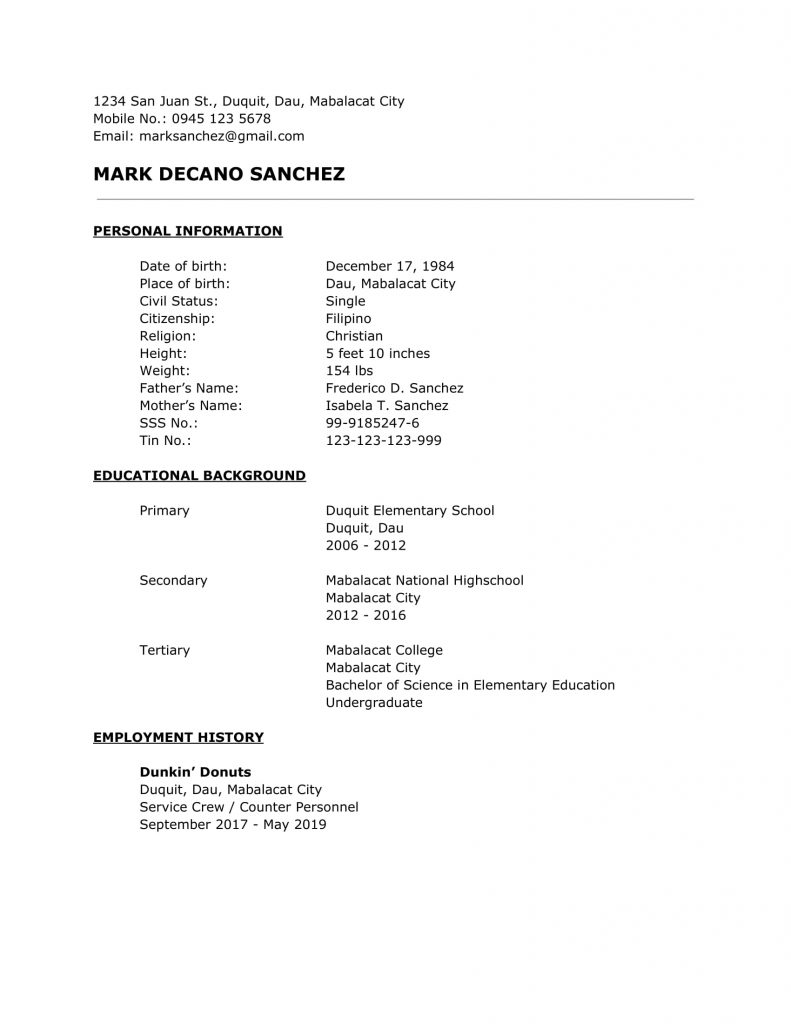
A resume is a summary of an applicant’s educational background, skills, and qualifications. It should highlight specific skills tailored to the target job position. A resume is usually 1 to 2 pages long and is written in a third person’s point-of-view.
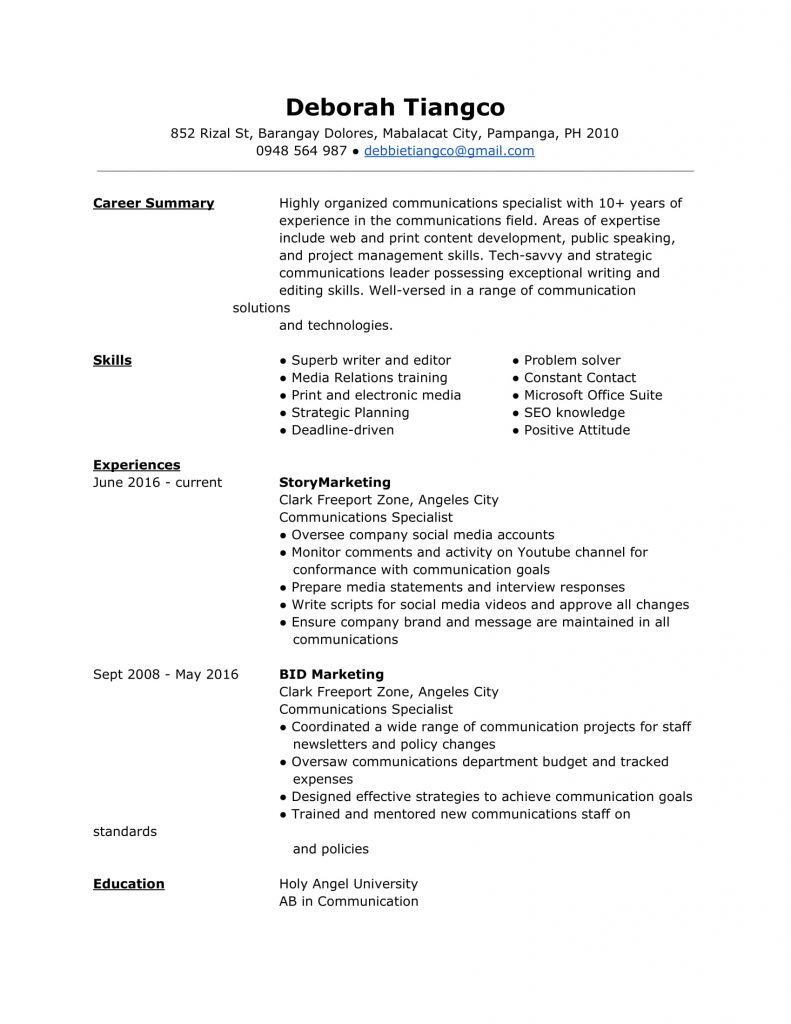
It’s best to use when applying for a specific job position where your years of experience and expertise can be applied.
A CV (curriculum vitae), on the other hand, is longer and more detailed. It should list every skill of the applicant, positions held ( starting from the most recent work experience), degrees, and professional affiliations acquired. It can be 2 to 3 pages long, or more if required and should highlight the general strengths of an applicant.
It’s best to submit a CV when applying at a foreign-owned company, as it highlights an applicant’s skills compared to a resume that highlights an applicant’s qualifications.
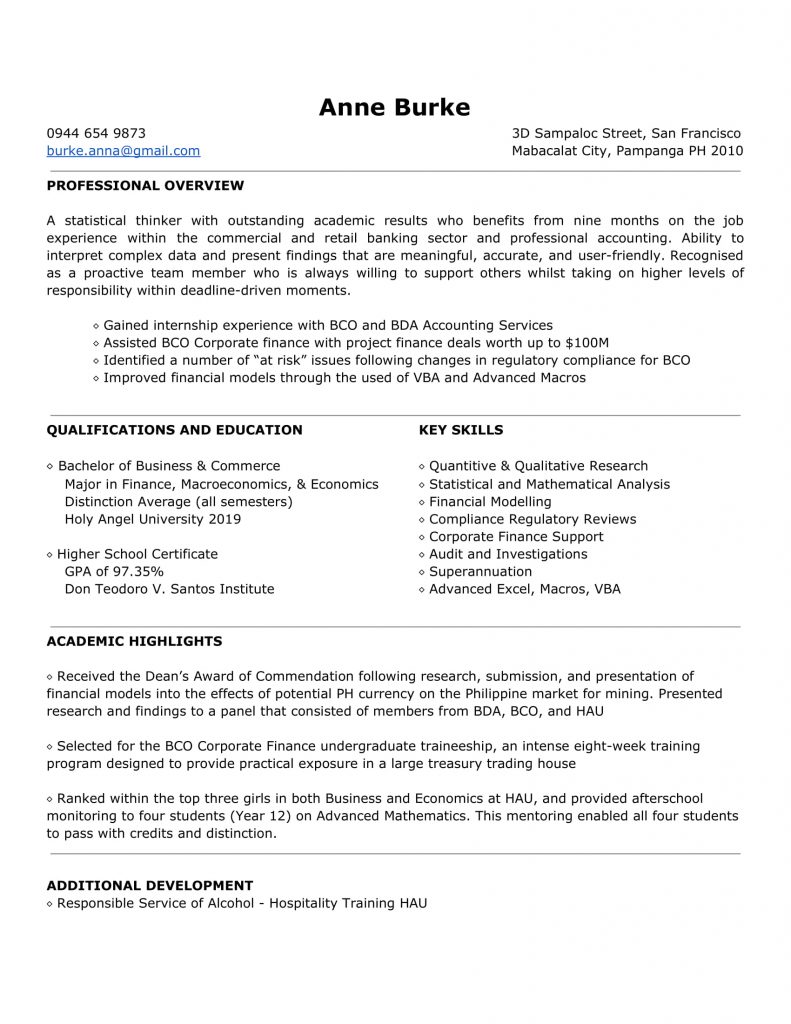
Do’s and Don’ts when preparing a resume or CV:
Treat your resume and CV like a business document
Recruiters and employers get turned off by resumes and CVs with designs. A resume, CV, and biodata are business documents. It shouldn’t be designed with flowers or borders.
It should be filled with relevant information (name, career objective, skills, education, experiences, and achievements) and your most recent photo.
If you wish to showcase your creativity and skills, create a separate document called a portfolio. This should contain relevant supporting documents like images if you’re applying for a graphic designer position or sample websites you have created if you’re applying for a web development position.
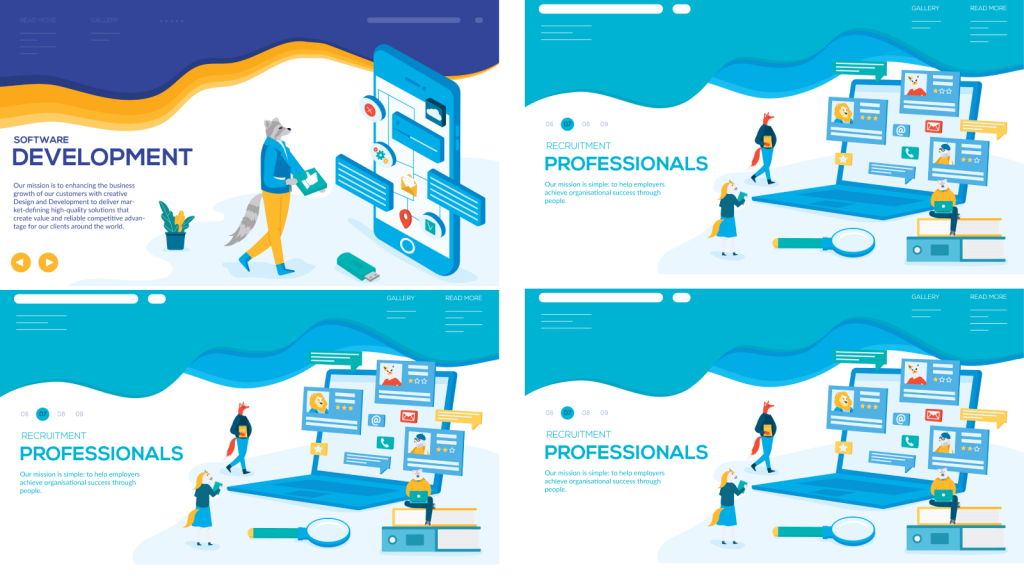
Get your photos taken by a professional photographer
The photo on your resume or CV should be taken by a professional photographer. Make sure to keep your face clean which means no excessive make-up, facial piercings, and tattoos. If possible, wear a blazer to look professional.
Avoid using pictures from your social media profiles or using your graduation picture. You want to make an impression that you are ready to take on a professional role.
Check your resume for any mistakes
Recruiters check everything on your resume or CV down to the smallest details. They notice your grammar, your spelling, and everything in between.
Before sending in your resume or CV, check everything. Make sure the alignment of your paragraphs are consistent, there aren’t any misspelt words, and the grammar is correct.
Remember, your resume should speak for you until you get the job interview.
Prepare for the Interview
An interview with the recruiter can be intimidating at times. To minimize your nervousness, it’s advisable to prepare for it.
Below are a number of manageable practices and tips to prepare you for an interview:
Research about the company you’re applying to
Each company is different from one another, especially when it comes to company culture. Research about the company’s history, vision, and culture to see if you’re a good fit with them.
Browse through their website, social media pages, and check the campaigns and movement they support in the community. This will help you analyse if their company values align with yours.
Remember the details of the job post
It’s essential to note the key tasks and requirements of the job position you’re applying for.
One of the things that irk recruiters the most is when applicants ask them about the job details. The details of the job are usually posted on the job board or job vacancy advertisement. Not knowing the details of the position you’re applying for is a sign that you are not so serious in applying for the position.
So be sure to remember the key tasks and requirements during the interview.
Practice introducing yourself
It’s common for recruiters to ask applicants to introduce themselves. The right way to go is to state facts that aren’t in your resume and are relevant to the job position you’re applying for.
Rehearse your introduction in front of a mirror to build confidence. You can practice sharing stories of how you helped your previous companies overcome unexpected problems, how you doubled your target goal, or fixed conflicts within your team.
Prepare questions for the interviewer
An interview is a two-way street. Applicants are encouraged to ask questions to know more about the role.
Questions like “what growth opportunities are there for the role” or “is the position a backfill or newly created?” are acceptable.

You can also inquire when will the recruiters plan on making a hiring decision. This question might seem intrusive for you, but it’s not.
However, there are questions that should be avoided during the initial interview such as asking the salary range offered for the position or the perks and benefits provided by the company.
Save such questions for the final interview when you feel that you have a good chance of getting hired for the job. Negotiations typically happen at this stage, not during the initial interview.
Prepare what you will wear
Though most companies don’t require applicants to suit up, there is still a dress code to follow. Remember that the way you look also leaves an impression with the recruiters.
Women, dress professionally. No mini-skirts, backless or sleeveless tops, and plunging necklines. Nothing too revealing. Wear a collared blouse or a polo shirt for an interview. You can wear slacks. If you prefer wearing a skirt, the length should be at least 2 inches above the knees. As for footwear, choose closed shoes with heels that do not exceed 2 inches.
For hair, simplicity is the key. Keep the hair down or tie it with a ponytail.
Men, wear something presentable and not tacky. A collared shirt without absurd prints would suffice. Wear presentable pants (NO super skinny jeans, ripped jeans, and shorts). Wear flat closed shoes, preferably something more formal than a pair of rubber shoes. NO slippers.
Follow-Up with the Interviewer
Recruiters are often busy that sometimes they fail to remember to provide feedback to the applicants. So, it’s great to have the candidates seek the evaluation from the interviewers.
Keep in mind that following up is a normal part of the hiring process. Ask recruiters when they plan on making the hiring decision during the interview. Then follow-up a few days after the said date if you haven’t received any calls yet.
The most effective way to follow-up is to either send a follow-up email or call the recruiter.
Follow-up via email
Keep the email simple and concise. Tell the recruiters you’re excited to hear from them and confirm if a decision has been made.
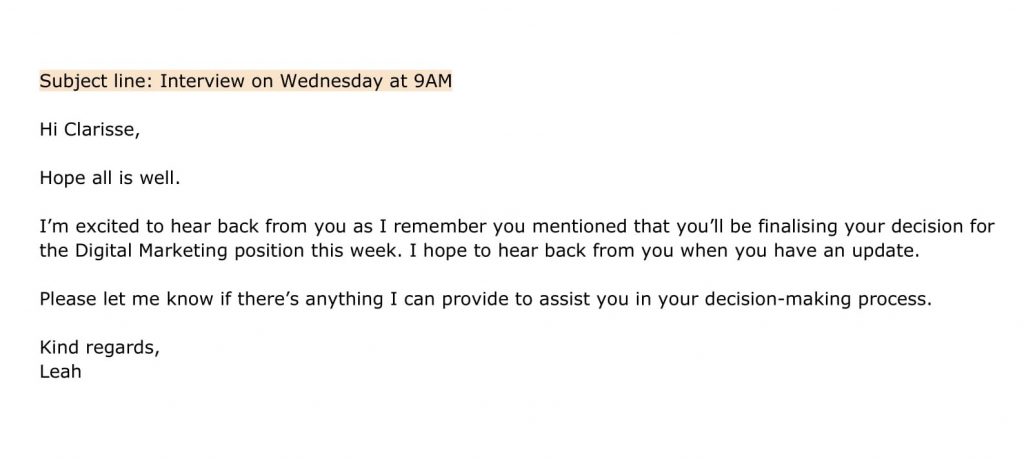
Follow-up with a call
It’s best to write a script before following up via phone call. This is to guide you on what you called for and keep the conversation as brief as possible.
Ask where the recruiters stand on the hiring process and let them know that you can provide any material the company might need to make the decision. Keep your tone friendly and positive during the call.
You mentioned that you were hoping to make a decision by Wednesday. I’m just checking to see where you currently stand in the hiring process.
There are applicants that will get hired and others that will not get the job. If you unfortunately didn’t make the cut, ask the recruiters for some feedback as to why you didn’t get the part.
Their comments will be your takeaway and your key to improving as a professional.
Additional things you should keep in mind:
- Always be early for an interview. Being timely is a sign that you respect the interviewer’s time as well as yours. Only reschedule if there’s a real emergency that coincides with the day and time of your appointment with the recruiter and best that you notify the interviewer at least an hour before your scheduled interview.
- Always bring a pen with you. Some recruiters ask applicants to fill out forms before the interview.
- Present your resume with both hands. The text and image should face the interviewer.
- When asked to sit, sit straight. Leaning back creates an impression of laziness. If the chair swivels, resist doing so.
- Place your hands on your lap or on top of the table. And always put your bags on the floor.
- Keep legs together when sitting down. For the ladies, angle them slightly towards the right or left.
- Freshen up a few minutes before the interview. Make sure to look presentable. Wear light makeup and avoid spraying too much cologne or perfume.
- During the interview, pay attention to what the interviewers ask from you. If they asked you to state one example, state one. If they ask for more than one, state two examples only. Avoid sharing too much information.
- Answer questions with relevant and professional stories. Respond to the recruiters as concise as possible.
- One of the greatest finds that recruiters have shared is how to answer the question “what is your weakness?” Answer it by saying what skills you still lack, then state what are you doing to improve it. This will show recruiters that your weaknesses can be easily fixed with training and more studying.
- As the interview ends, thank the interviewers for taking some time to converse with you.
- Shake hands with the recruiters at the end of the interview. Stand with feet slightly apart, extend elbow halfway, and shake hands once and firmly to deliver a great professional handshake.
If you have more tips, can you share them with us? Drop one in the comments section below.
Job Search
Do you have any questions?
If you have any questions, please feel free to ask.
